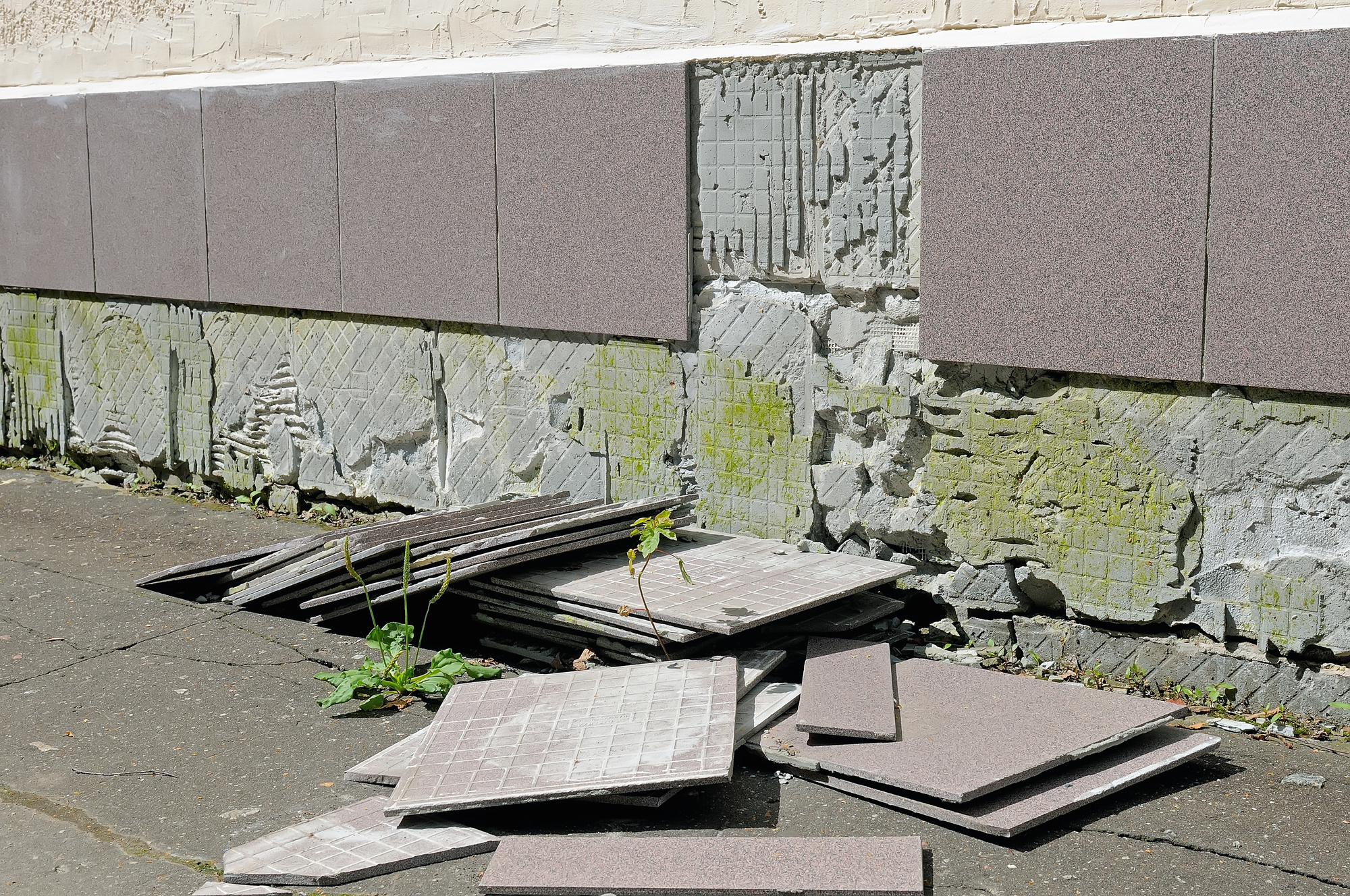Building defects and failures have many causes but usually those are faults of the builders or construction product suppliers. House repairs are costly and time-wasteful. The most efficient action to do is to talk with your builder first and ask for a negotiation. If things are really not going well with them, get a building defects lawyer to help you deal with your legal situation through construction laws.
But, what are the indications that your house has residential building defects?
This defect can be specified with cracks on the overall structure. Unlike in non-structural type of building cracks, structural cracks are an extensive one which affects the foundation walls, beams, and columns or slabs.
Basically, structure is the most important aspect in buildings and with these defects, it can be dangerous and unsafe due to possible partial or complete collapse of the whole establishment.
Water seepage problem or water leaks
The water seepage problem can be identified if there are leakages in the drainage pipe and water supply pipes, deteriorated waterproofing of floor slabs or bath-tub seals, and seepage of waste water or rain water through roof.
Concrete spalling
This can be called as concrete scaling. It can be seen in a concrete slab or a layer of concrete for older buildings or houses. Spalling usually happens in certain areas of your house that experiencing colder climates and continuous destructive natural forces such as cyclic freezing and thawing. Concrete scaling can be described as parts of a building where cracks appear, visible broken tiles, surfaces bulges and huge parts of concrete are peeling off.
Repair: However, concrete spalling can be easily fixed. You can actually do something for it to prevent injury for your family.
Follow these easy steps to slightly repair the concrete.
-
Remove the spalled concrete and clean it. -
Paint the corroded steel bars. -
Patch the hacked area. -
Paint the area.
Non-structural building cracks
There are obvious signs of non-structural cracks such as superficial or cosmetic cracks found on the plaster or mortar renderings of buildings. The measure of the cracks are ranging from 1 to 2 mm wide which is comparable to thin hairline cracks. Building cracks often occur due to elastic deformation, thermal movement, moisture changes, chemical reaction, and other related factors.
Just to inform you, these cracks do not, at present, affect the structural integrity of your home. However, those should be monitored carefully and treated thoroughly. As they say, small problems can turn into big ones when time comes.
External wall tiling defects
Defective external wall finishes can be identified with cracking of wall surface, bulging with a hollow base, falling off tiles or bricks, and debonding of finishes. In addition, this defect usually causes hollow sound if tapped using a hammer.
Repairs: To prevent the tiles from buckling or tenting, install the tiles with a suitable bonding material. Fixing these can be complicated too.
Errors in building design
Design errors are considered as part of defective construction works that will cost a lot of money on the owner’s or builder’s side. Building designs include the layout, water control, insulation and vapor barriers, floors and walls, and systems.
Dealing with building defects can be so stressful for you. You are aiming for a successful result but the safety of your family should be the first priority.

